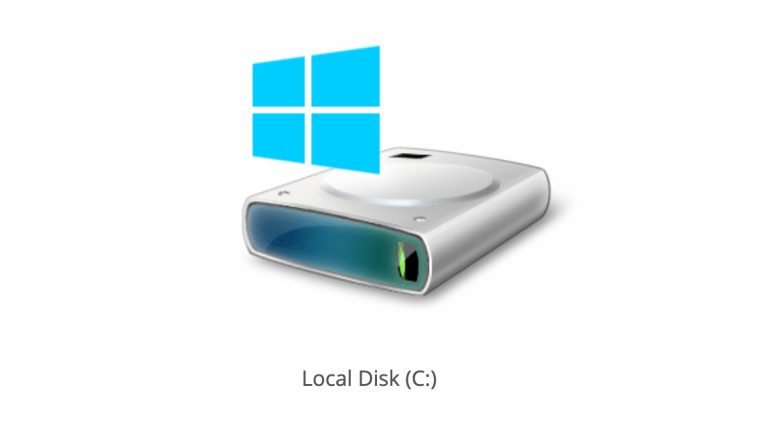What Is The Difference Between LAN, WAN, MAN, CAN, VPN, BAN, NAN, SAN?

Short Bytes: A computer network is an interconnection of various devices like laptops, routers, switches, servers, etc. with the help of wired or wireless means. We can differentiate these networks by their reach, i.e., geographical area. For example, we have local area network, wide area network, personal area network, metropolitan area network, near-me network, etc.
Whatever connection you use, whether your home WiFi or the office Ethernet, you’re a part of some computer network. A computer network can include devices like routers, hubs, switches, end-user devices, repeaters, network cards, etc. These devices can be arranged in various network topologies as per the requirement.We can classify a computer network into different types depending on its size and the geographical area it covers. The most common types of computer networks are LAN, MAN, WAN, PAN, etc.
What is a Local Area Network (LAN)?
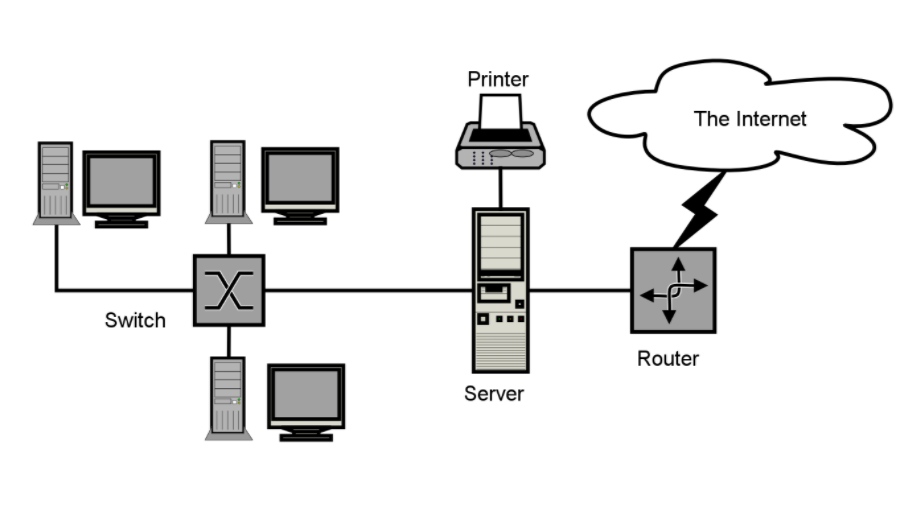
LAN is a form of a computer network most known to the general public. It has a limited reach, roughly a bunch of closely situated houses or building. And that’s because we typically use the Ethernet technology (IEEE 802.3) to power our local area networks. The ethernet cables we lay across our houses and offices have their practical limitations. Beyond a certain length, the speed gets degraded. The reach of a LAN can be enhanced using repeaters, bridges, etc.
Home Area Network (HAN)
A kind of local area network is the HAN (Home Area Network). All the devices like smartphones, computers, IoT devices, televisions, gaming consoles, etc. connect to a central router (wired or wireless) placed in a home constitute a home area network.
What is a Wireless LAN (WLAN)?
This type of computer network is a wireless counterpart of the local area network. It uses the WiFi technology defined as per the IEEE 802.11 standards. If you’re the one who thinks WiFi and WLAN are the same things, then you need to rectify your confusion. They are completely different. WiFi is used to create a wireless local area network.
WiFi networks can reach up to a few hundred meters in a clear line of sight. However, just like wired LAN, its range can be increased using wireless repeaters and bridges.
Read More: What Is The Difference Between 2.4GHz, 5GHz, And 60GHz Bands Used For Wireless Networks?
What is a Personal Area Network (PAN)?
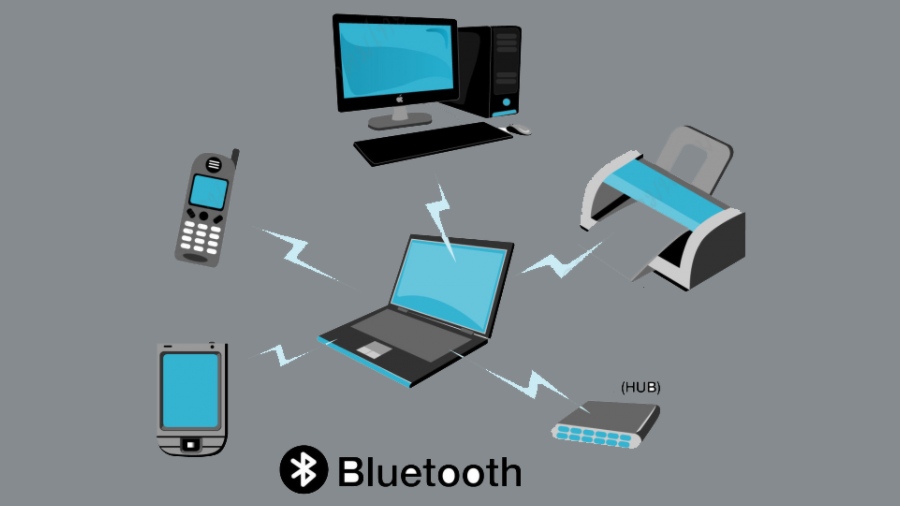
As the name suggests, a personal area network is intended for personal use within a range of a few ten meters. Mainly, the technologies used for creating personal area networks are wireless. A notable example of WPAN is the Bluetooth technology, mostly found on portable devices like smartphones, laptops, tablets, wearables, etc. Other PAN technologies are Zigbee, Wireless USB, etc.
What is a Campus Area Network (CAN)?
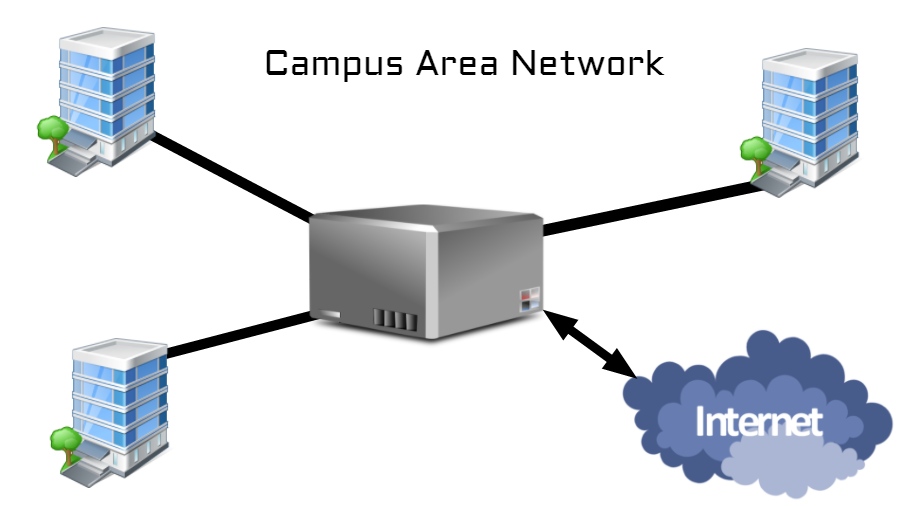
A network infrastructure covering the school, university, or a corporate premises can be dubbed as campus area network. It can comprise of several LANs, a central firewall, and connected to the internet using a leased line or any other means.
What is a Metropolitan Area Network (MAN)?
The area covered by a MAN is quite larger in comparison to a LAN and CAN. In fact, a MAN can be used to link several LANs spread across a city or a metro area. A wired backhaul spread across a city is used to powers a metropolitan area network in that place. You might have known about various city-wide WiFi networks in different parts of the world.
What is a Wide Area Network (WAN)?
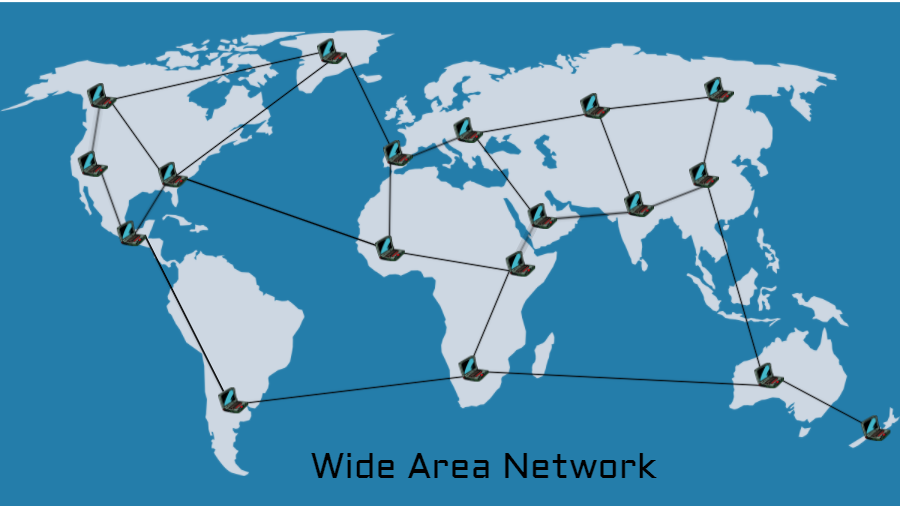
We can think of a WAN as the superset of all the small networks we find in our homes, offices, cities, states, and countries. The router or modem placed at your home is a device used to connect to the WAN. The internet is also a type WAN that spans across the entire earth.
Various technologies like ADSL, 4G LTE, Fiber optic, cable, etc. are used to connect to the internet. However, these technologies mostly confine to a country at max. Cables are laid across countries and continents to establish global connectivity.
What is a Storage Area Network (SAN)?
Generally, it is used to connect external storage devices to servers but make them believe that the storage is attached directly. The technology used to accomplish this is known as Fiber Channel.
Read More: What’s WWW And The Internet? What’s The Difference Between The Internet And World Wide Web?
Some other types of networks based on their reach
What is a Body Area Network (BAN)?
You can create a body area network by using wearable devices like smartwatches, fitness bands, biometric RFID implants, and medical devices placed inside the body like pacemakers. Wireless BAN is the primary form used to created such networks. It is defined as per the IEEE 802.15.6 standard which describes a short-range, extremely low power wireless communication within or in a vicinity of the human body.
Wireless BAN can work together with PAN technologies. For instance, a Bluetooth-connected smartphone can be used to sync data from wearables and various sensors present in the body.
What is a Near-me Network (NAN)?
Although it sounds totally unfamiliar, you use Near-me network almost every day. Remember chatting with your friends on Facebook while all of you were sitting in the same room. You were part of a NAN, even though you might be on the networks of different carriers.
A message from your device would traverse all the way to Facebook servers over the internet come to your friend’s device sitting right next to you. In a logical way, both the device are on some sort of network. Basically, the criteria for the devices is to lie in proximity. They don’t need to be connected to the same network. For instance, they can be connected via WiFi, cellular, etc.
What is a Virtual Private Network (VPN)?
VPN is a type of computer network which doesn’t have physical existence. The devices that are part of a VPN could be present anywhere on the earth, connected to each other over the internet. You can read this article on Fossbytes to know more about virtual private networks.
VPNs are used by corporates to interconnect their offices located in different places and give their remote employees access to company’s resources. It has phased out another type of network known as Enterprise Private Network, a physical network created by organizations to link their office locations.
Here are some great VPN packages for you to try.
I hope this gives you a brief idea about the different types of networks based on their size. You can read more interesting stuff about computer networks.



